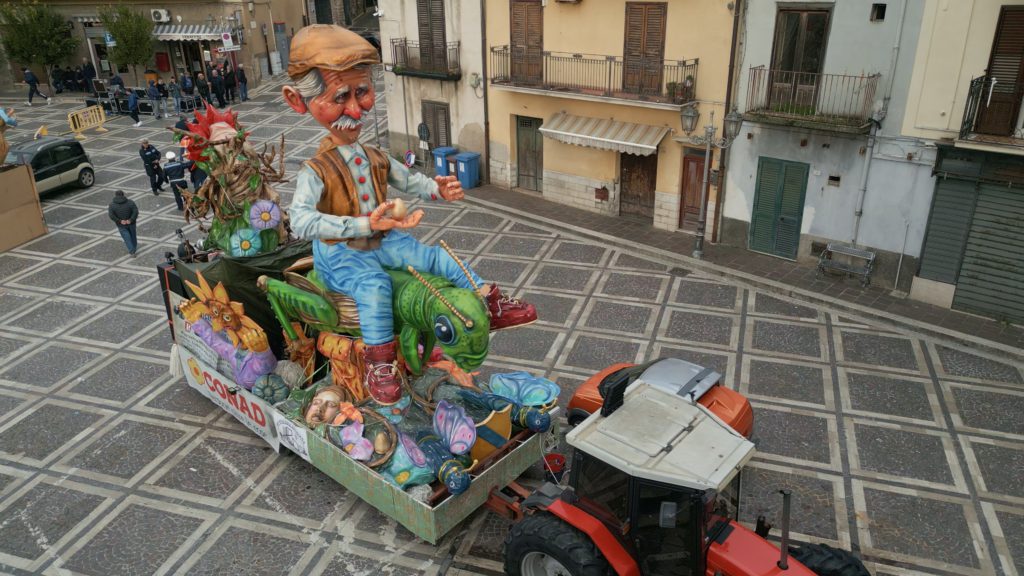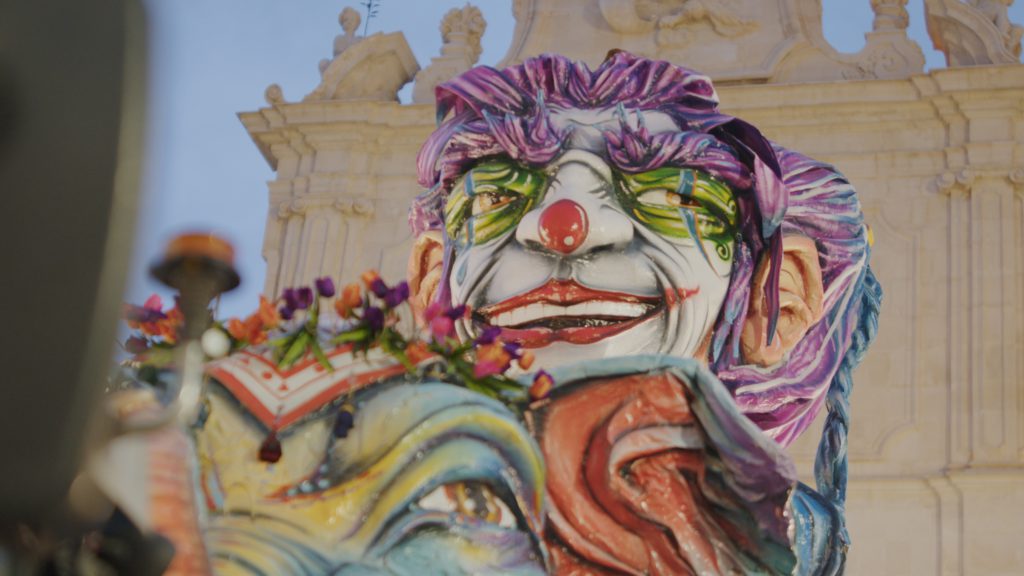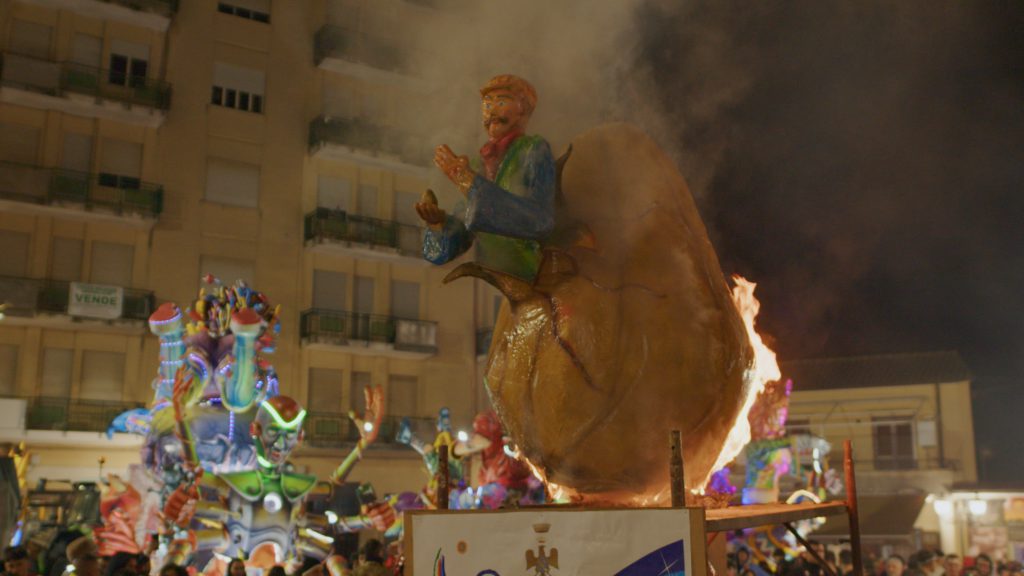The Carnival of Bisacquino
The Carnival of Bisacquino has ancient origins and belongs to the same typological family as the carnivals of Sciacca and Acireale, characterised by processional structures and parades of allegorical floats. Since 1984, the Carnival has been closely linked to the town’s cultural and social life, particularly around the “circoli” — local clubs and social centres —situated in or near Piazza Triona. Originally, they were organized along social and class lines. Masked dancing took place within each centre, and individuals of one social group could not enter the spaces reserved for another. Nevertheless, the concealment afforded by masks sometimes allowed outsiders to cross these social boundaries unnoticed.
During this ceremonial period, a distinctive ritual code was enacted. While in everyday life men traditionally held social control—young women being subject to strict behavioural norms—during Carnival these gender roles were inverted: women assumed a privileged position, freely initiating dances and interactions. In this ritual of inversion, the mask becomes a sacred and mediating element, enabling the temporary subversion of social order and the symbolic renewal of community life. Among all masks, the most emblematic and culturally significant is the Dominò (see related entry).
Within the ritual structure of the Carnival, after an evening of masked dancing in the circoli, the various masked groups that animate the festive scene are welcomed into these spaces. The club thus serves as a ritual locus, a symbolic interior where the carnivalesque inversion of reality is fully performed and socially legitimized.
In the late 1980s, the Carnival underwent a process of transformation and innovation. Young participants began constructing papier-mâché floats, giving rise to a new expressive form within the festival.
This element has been included in the Register of Intangible Heritage of local interest of the Municipality of Bisacquino, as part of Intervention “Activation of the Observatory on the Intangible Cultural Heritage of the Territory through the application of the REIL methodology – Register of Intangible Heritage of Local Interest”, within the “BISACQUINO, BORGO DEL CINEMA E DELLE ARTI” project, funded by the NRRP (National Recovery and Resilience Plan), Mission: Digitalisation, innovation, competitiveness, culture and tourism, Component: Tourism and culture 4.0, Investment 2.1 “Attractiveness of villages” CUP D99I22000160006.




